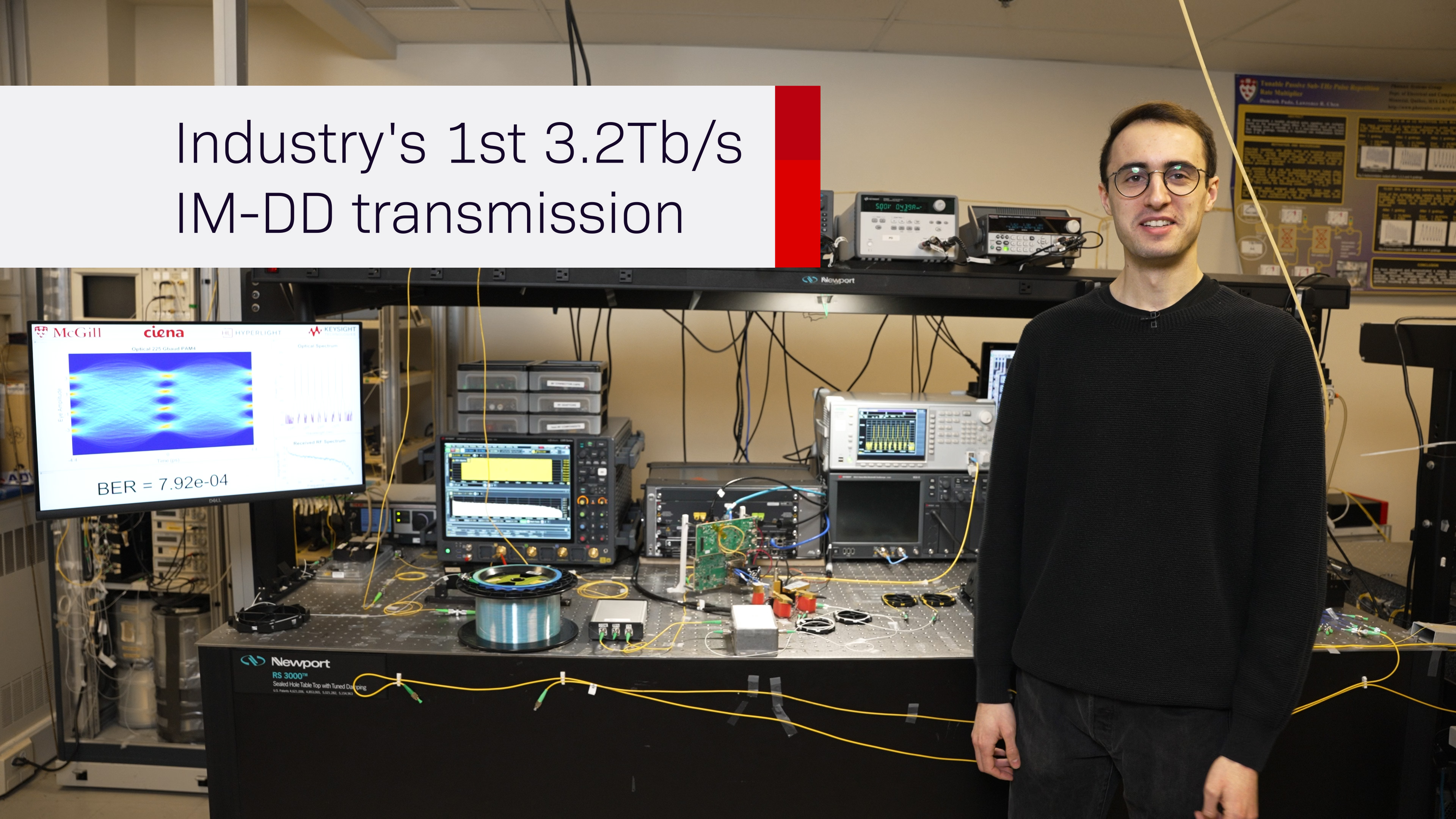Keeping Your Options Open: How Ciena Brings Choice Back to Your Network
As cloud computing, the Internet of Things, and high-bandwidth video services put more and more pressure on today’s networks, network operators need more options and freedom to adapt and grow their networks. Equipment decisions are made with the intention to future-proof and scale, but as demands and customer requirements rapidly change, it can be difficult to adapt. In fact, you may feel constrained by your network as you try to offer new services or scale to higher capacities. Instead of costly work-arounds, operations and management teams want more alternatives for deploying, operating, and automating the network. However, you may feel like you’ve exercised all your options, but your network is still moving down a path in the wrong direction.
What you need is choice – not only with the equipment you deploy, but choices around the architectures, services, and operational paradigm that the products support. At Ciena, we understand your pain, and we’ve been working hard to bring choice and options back to the network. Here are three areas of choice that provide new opportunities for optical networking:
1. Services choice
Whether your network is predominantly packet or carries a mix of different services, Ciena’s packet/optical solutions are built to carry any service across the network – from wavelength services to OTN and packet.
With a wide variety of transponder and muxponder options available today, high-capacity wavelength services have never been easier to deploy. Add in OTN switching, and multi-service traffic can be flexibly mapped and packed into wavelengths for transmission. Services such as Fiber Channel or Video can be mapped more efficiently into OTN by using ODUflex containers rather than dedicating a full ODU1 (2.5G) or ODU2 (10G) per service. Even sub-rate Ethernet can be mapped into ODUflex payloads, enabling the option to rate limit the bandwidth on 10GE, 40GE, or 100GE clients.
Plus, with packet switching built-in, Layer 2 Carrier Ethernet services can be rolled-out to grow and enhance your service offering. Ciena provides options for scalability up to 1Tbps per slot, ensuring you’ve got room to grow, even in the largest networks. If you’re worried about a challenging migration to change your current service mix to a more packet-centric set of services, Ciena’s packet/optical solutions make the transition from one service type to another a painless process. One single solution can handle a full mix of services and functions with less equipment, enabling more choice and options for you.
Furthermore, Ciena’s recently announced WaveLogic Ai coherent chipset enables single-carrier line rates from 100G to 400G in 50G increments, and it extends optical reach farther than ever before – with single carrier 100G wavelengths capable of traversing 7,000km without requiring regeneration. This provides a wider choice to match capacity requirements to the appropriate distance (from short-reach metro to ultra-long haul or subsea) for any application or service.
2. Architecture choice
Just like services have evolved to offer a wide variety of choices, network architectures are also evolving. Depending on your operational model, software development expertise, and willingness to perform systems integration, there are different options in how networking technologies can be consumed and deployed. You can deploy an open line system with multiple vendor alien wavelengths. Some open line systems can even provide for the decoupling of the modem technology from the photonic line and photonic control, allowing you choice in coherent technology and enabling the ability to carry multiple 100 Gbps+ transponder solutions across the same photonic line.
Or, going a step further, openness can be extended into the photonic line, giving a fully disaggregated optical system decomposed down to the individual building blocks. One such example, is the OpenROADM project for service provider metro networks, which Ciena is participating in. This project yields no vendor lock-in for the photonic line hardware, enabling ROADMs from different vendors, all operating with the same base functionality, to be deployed within the same line system.
At the end of the day, there is no single “right” architectural approach – whether you prefer a fully integrated solution, desire some level of disaggregation to pick and choose the best-of-breed transceivers, or want a fully disaggregated system where you can choose the individual building blocks and integrate them together, Ciena has you covered with solutions that allow you to pick the option that best fits your network and operational model.
3. Management and operational choice
Similar to what’s happening on the hardware side, openness is being extended into the software components that are used to operate and manage the network. Open APIs can be used to craft new applications and scripts for operations and automation. Of course, the associated hardware must make useful information available to the API. Ciena is designing its next generation networking solutions with these requirements in mind.
For example, Ciena’s WaveLogic Ai coherent technology provides access to an unprecedented level of real-time optical networking performance data. Advanced analytics can be performed on this data to help predict your network’s health or to optimally match each wavelength’s reach requirement with the highest line rate that can be achieved at that distance. Open APIs can also be used to communicate with modern multi-vendor network tools. Tremendous amounts of data can be provided through the open APIs, giving options and opportunities for building more automated and profitable networks.
Furthermore, Ciena’s Emulation Cloud developer portal provides access to API definitions, tools, and code samples to get you up and running with the development and testing of custom applications for Ciena network equipment and software. It can be used to try out new service models or test applications that provide advanced visualization for the network – and it’s all handled in the cloud to eliminate the need for expensive lab equipment, so it won’t stress your IT budget. A wide range of developers use the Emulation Cloud today, and it has enabled coding competitions such as the Open Networking Innovation Competition (ONIC), which had teams from two major R&E institutions in the Asia Pacific region competing to develop data center interconnect applications for Ciena’s Waveserver leveraging open APIs for automation and service management.
The bottom line is that choice means opportunity. The network should not constrain you from adding new advanced service models or building new applications for management and automation. Ciena is building equipment that brings choice back to the network, and opens new opportunities for network analytics, trending, and on-demand services.






